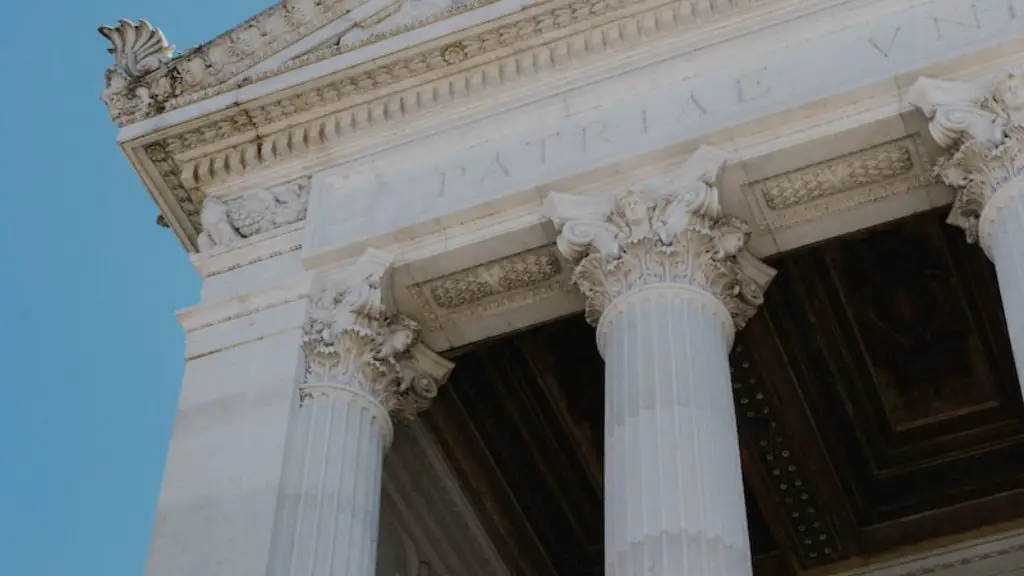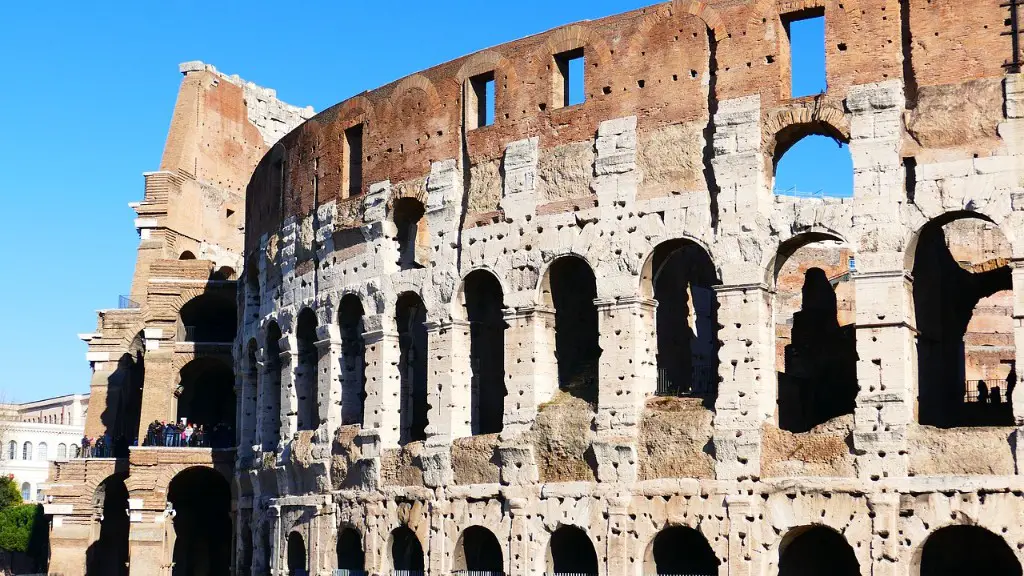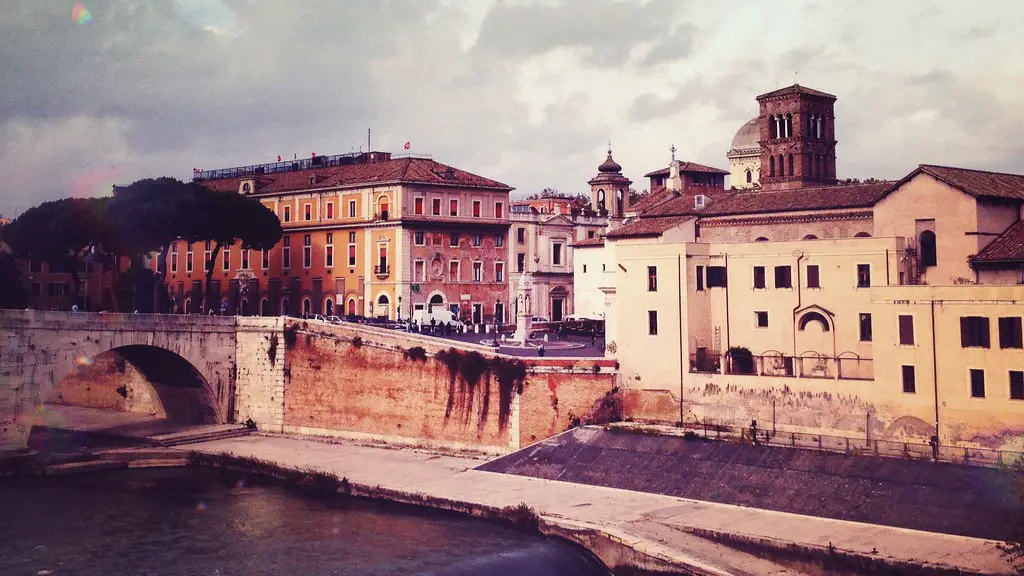Overview and Origins
The Roman Republic was a government system where any Roman citizen could take part in the running of the city-state of Rome. It was established in 509 BCE and lasted until 27 BCE, when it was replaced by the Roman Empire. Rome was a powerful city and its citizens believed in the motto “Equal Justice for All”. This form of government allowed for a level of democracy where citizens had a say in the decisions of the state. As the Republic grew, a system of checks and balances was put in place, allowing citizens to remain equal in decision-making.
The founding of the Republic is contested by historians. The traditional story states that it began when the kings of Rome were overthrown by a revolt. The citizens declared the Republic and chose two consuls, who would serve as joint leaders, to govern the city. This was done as a way to prevent the power of one leader and ensure that the interests of all citizens were represented.
Structure and Functioning of the Republic
The structure of the Republic was based on the citizens forming voting blocks, known as Tribes. Tribes determined the laws, which were passed by the Senate. The Senate, which was made up of 300 representatives elected by the Tribes, was responsible for enacting those laws and ensuring they were followed. In addition, members of the Senate were responsible for managing the finances of the Republic.
The Senate was run by the two elected consuls. They had the power to veto each other, or to make up their own laws if ratified by the Senate. This was a highly effective system that had the confidence of the citizens of Rome. The Senate also had the power to declare war, which Rome did frequently as it expanded its borders.
Political Power in the Republic
At the highest level of the Republic was the Senate, which was made up of patricians, who had money and power and owned land. Below them was the plebeians, who comprised most of the citizenry. Every five years, election were held and the plebeians could elect their own representatives, known as Tribune of the Plebs, who served as a voice for the plebeians on the Senate.
The Republic also allowed for a form of Roman democracy. There were a few social classes that could vote, but there were also assemblies where the people were allowed to elect representatives to the Senate. This created an example of equality for the citizens of Rome.
The Decline of the Republic
The Roman Republic lasted for over 500 years, but it eventually began to decline. In their increasingly powerful position, the patricians tried to retain control of their power and the Republic eventually became a tyranny. This led to the rise of Julius Caesar, who was appointed consul by the Senate and instead of restoring the Republic, abolished it and declared himself dictator, giving way to the Roman Empire.
Political and Social Relevance of the Republic in the Present Day
The Roman Republic is an often-cited example of a successful democratic system. Its emphasis on equality and empowerment of all citizens was unparalleled in its time and is still a source of inspiration for other government systems today. Its system of checks and balances and its historical importance is highly valued and often studied by students of history and politics.
In the present day, the Republic is still relevant. Its ability to grant power to the citizenry and be mindful of their interests is a lesson for modern governments who want to put their citizens first and achieve equality for all.
Influence of the Republic of Other Civilizations
As one of the most successful government systems of its time, the Roman Republic had a huge influence on other civilizations. After the decline of the Republic, other civilizations in the region, such as Greece and Egypt, adopted the Republic’s governmental structure and economics.
In addition, the Republic’s system of checks and balances, democratic voting, and separation of powers served as the foundation for the American Constitution. To this day, the American system of government is modeled after and influenced by the Republic’s approach to governing.
Impact of the Roman Republic on Society
The Roman Republic was instrumental in building the foundation for society in Rome. Its laws and governmental structure ensured that citizens had an equal voice and that their opinions were taken seriously. As the Republic grew and expanded, it brought with it a level of prosperity and stability that was unparalleled.
During its heyday, the Republic was able to establish an infrastructure that enabled the growth of commerce and trade, bring in new technologies, and promote relationships with other cultures and civilizations. In addition, the Republic was able to foster a sense of national identity and pride, which to this day remains an important part of Rome’s culture.
Legacy of the Roman Republic
Today, the Roman Republic remains an important part of history and is a source of inspiration for many governments. Its emphasis on equality and democracy still stands today, even though it has been replaced by the Roman Empire.
The Republic is remembered for its emphasis on justice and its system of checks and balances that sought to prevent any single class from taking control of the government. Its legacy as a model for government systems and its emphasis on the rights of citizens remain relevant to this day.


